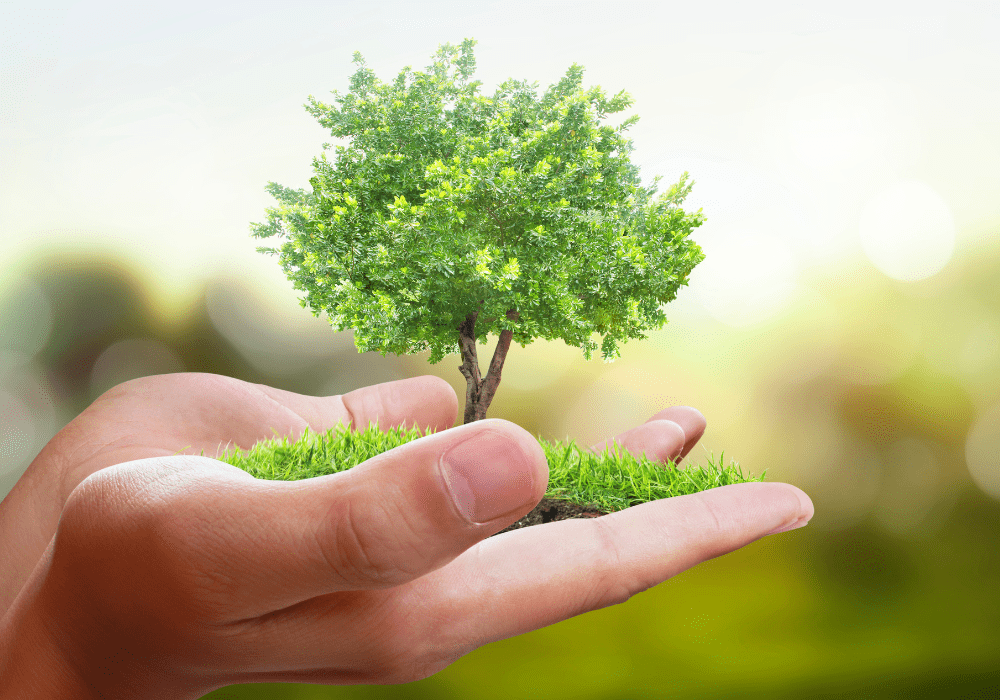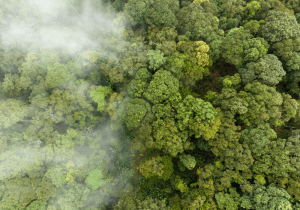Trees are vital to our environment, acting as the lungs of our planet. They provide oxygen, store carbon, stabilize soil, and support wildlife. But how exactly do these majestic organisms grow and thrive? Understanding the science behind tree growth, particularly the process of photosynthesis, can deepen our appreciation of trees and reinforce the need for sustainable practices in safeguarding our forests.
The Basics of Tree Growth
Photosynthesis: The Engine of Life
At the heart of tree growth lies the process of photosynthesis. This complex biochemical process allows trees to convert light energy from the sun into chemical energy stored in glucose, a type of sugar. Here’s a simplified breakdown of how photosynthesis works:
- Light Absorption: Chlorophyll, the green pigment in leaves, absorbs sunlight.
- Water Splitting: Water absorbed by tree roots is split into oxygen and hydrogen molecules.
- Carbon Fixation: Carbon dioxide from the air combines with hydrogen to form glucose.
- Oxygen Release: Oxygen produced during water splitting is released into the atmosphere.
This glucose serves as an essential energy source for trees, fueling their growth and development. The efficiency of photosynthesis directly impacts a tree’s ability to grow, reproduce, and sequester carbon, making it crucial in mitigating climate change.
Carbon Sequestration
Trees act as natural carbon sinks. Through photosynthesis, they absorb carbon dioxide (CO2) from the atmosphere and store it in their biomass (trunk, branches, leaves, and roots) and in the soil. This process, known as carbon sequestration, plays a significant role in reducing atmospheric CO2 levels, thus combating global warming.
Factors Affecting Tree Growth
Tree growth is influenced by a combination of environmental, biological, and human-related factors. Let’s explore some of these factors:
Environmental Factors
- Light: Adequate sunlight is necessary for photosynthesis. Trees in dense forests often compete for light, affecting their growth patterns.
- Water: Sufficient water supply is critical. Drought conditions can stress trees, reducing their growth rate and making them more susceptible to diseases.
- Nutrients: Trees require essential nutrients like nitrogen, phosphorus, and potassium from the soil. Poor soil quality can limit tree growth.
- Climate: Temperature and seasonal variations influence tree growth cycles. For example, cold temperatures can slow down or halt growth during winter months.
 Biological Factors
Biological Factors
- Species: Different tree species have varying growth rates and requirements. Some species, like the fast-growing poplar, thrive in different conditions compared to slow-growing oaks.
- Age: Young trees grow faster than mature ones. As trees age, their growth rate slows down, and they focus more on maintaining their structure.
- Genetics: Genetic makeup plays a role in determining a tree’s growth potential and resistance to diseases.
Human-Related Factors
- Urbanization: Construction and development activities can lead to deforestation, reducing the number of trees and impacting local ecosystems.
- Pollution: Air and soil pollution can harm trees, affecting their growth and overall health.
- Forestry Practices: Sustainable forestry practices, such as selective logging and reforestation, can promote healthy tree growth.
The Future of Tree Growth
Climate Change
Climate change poses a significant threat to tree growth and forest health. Rising temperatures, altered precipitation patterns, and increased frequency of extreme weather events can stress trees and make them more vulnerable to pests and diseases. It is essential to understand how trees adapt to these changes and develop strategies to mitigate their impact.
Human Activities
Human activities, such as deforestation and land-use change, continue to degrade forest ecosystems. To ensure the future health of our forests, it is crucial to adopt sustainable practices, promote reforestation efforts, and protect existing forests.
Potential Solutions
- Agroforestry: Integrating trees into agricultural landscapes can enhance biodiversity, improve soil health, and sequester carbon.
- Urban Greening: Planting trees in urban areas can mitigate the urban heat island effect, improve air quality, and enhance the well-being of city dwellers.
- Conservation: Establishing protected areas and promoting conservation efforts can help preserve critical habitats and biodiversity.
Understanding the science behind tree growth, from the intricate process of photosynthesis to the various factors influencing their development, is essential for appreciating the vital role trees play in our environment. Technological advancements have provided valuable insights into tree growth, helping us better monitor and protect our forests. As we face the challenges of climate change and environmental degradation, it is imperative to prioritize sustainable practices and continued research to ensure the health and resilience of our forests. Trees are not only essential for our planet’s ecological balance but also for our own well-being and the future of our planet. By nurturing and protecting our trees, we can build a sustainable future for generations to come. Let’s embrace this responsibility and work together to safeguard the incredible gift of trees.


